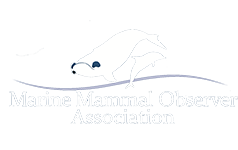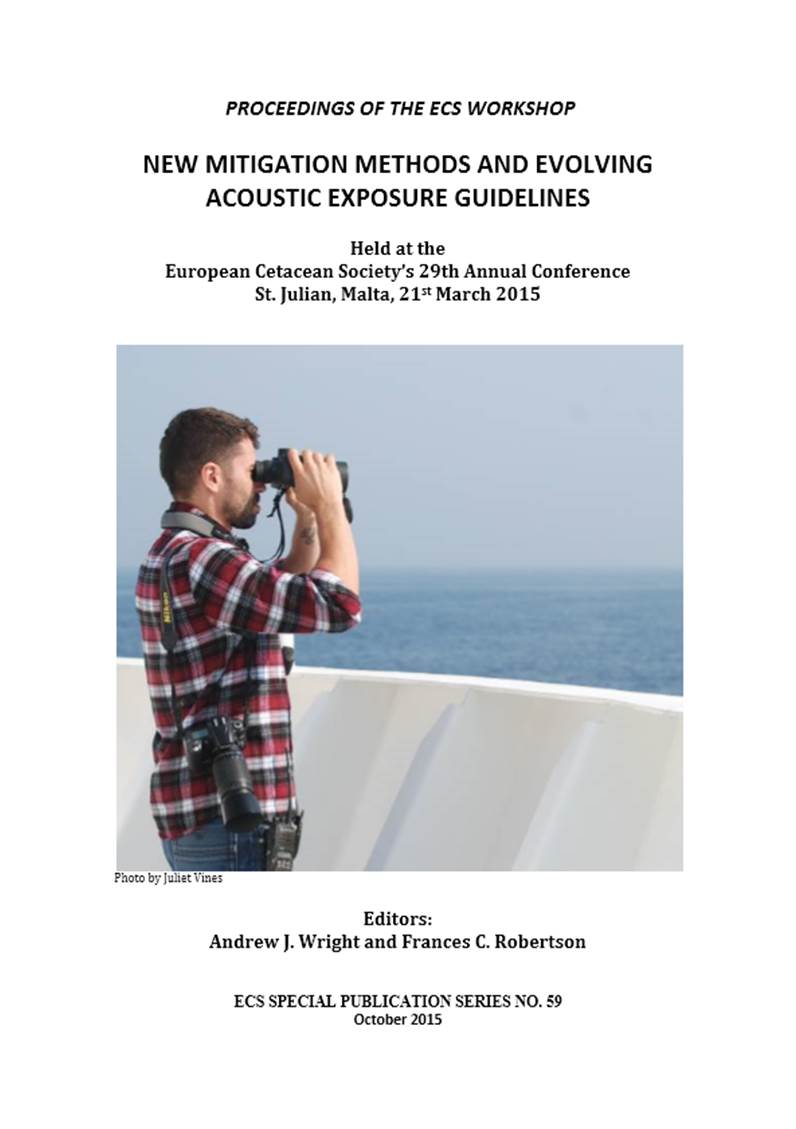 In October 2015 the final Proceedings of the ECS Workshop New Mitigation Methods and Evolving Acoustic Explosure Guidelines were published. The proceedings, edited by Andrew Wright of New Zealand's Deparment of Conservation and Frances Robertson, current MMOA Chair, provides a combination of abstracts and short papers by those presenting at the workshop in Malta. The proceedings end with a summary of the workshop's afternoon discussion session -this summary also includes a list of the key points raised by workshop participants.
In October 2015 the final Proceedings of the ECS Workshop New Mitigation Methods and Evolving Acoustic Explosure Guidelines were published. The proceedings, edited by Andrew Wright of New Zealand's Deparment of Conservation and Frances Robertson, current MMOA Chair, provides a combination of abstracts and short papers by those presenting at the workshop in Malta. The proceedings end with a summary of the workshop's afternoon discussion session -this summary also includes a list of the key points raised by workshop participants.
The workshop participants and organizers concluded that performance standards are key to addressing current and developting mitigation methods. It is surprising that to date there has been little assessment of the effectiveness of commonly applied mitigation methods -namely MMO and PAM methods and there are no specific standards to which these traditional methods are held. This makes it incredibly difficult to assess the effectiveness of new mitigation technologies. The report highlights the resounding need for minimum standards in terms of qualifications and experience of MMOs and PAM Operators, thier equipment and mitigation/data collection protocols. For example better data collection and reporting protocols would allow regulators greater opportunities to assess the effectiveness of different PAM systems and settings, as well as the effectiveness of MMO-based mitigation compared to PAM-based mitigation.
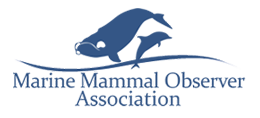
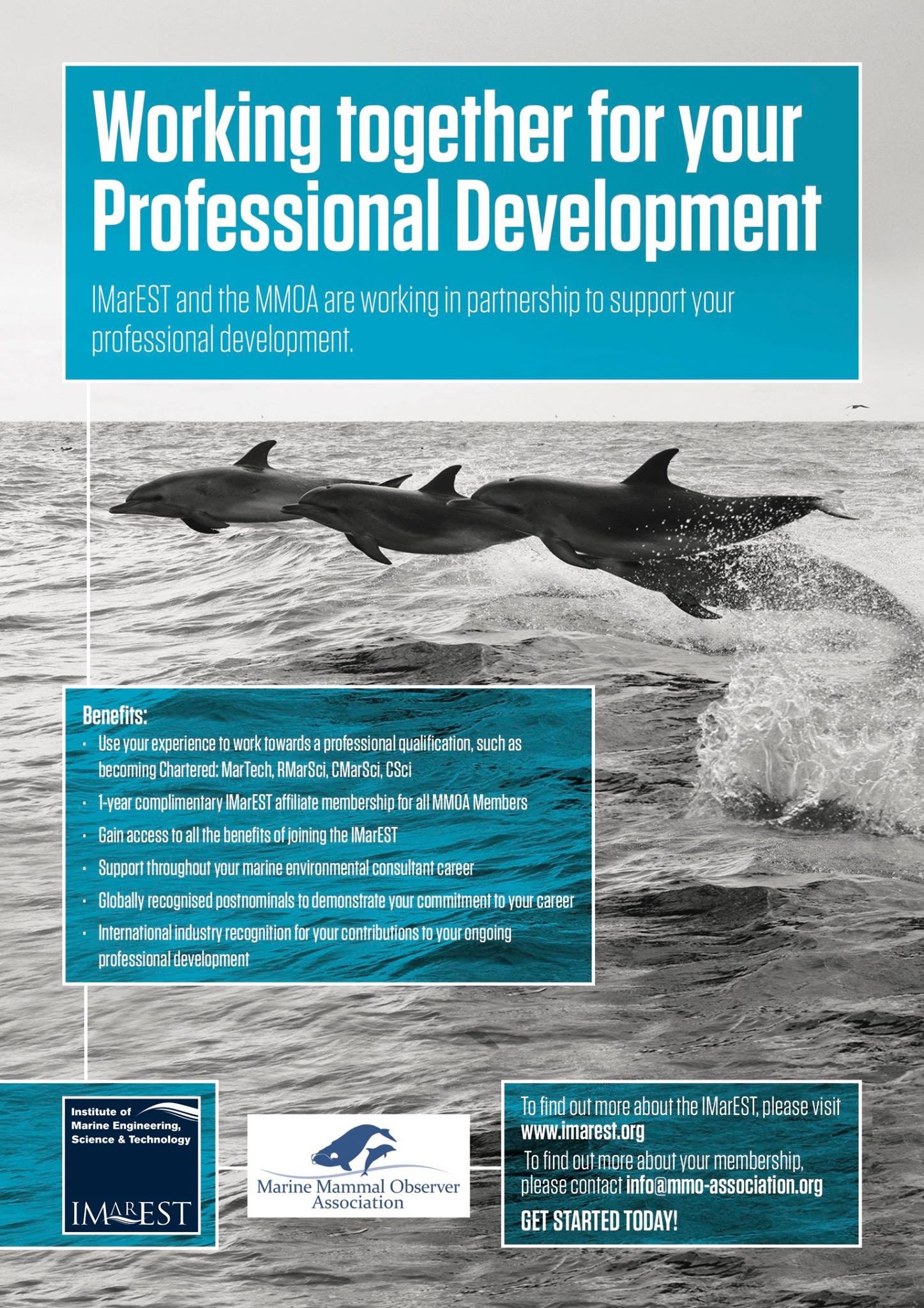
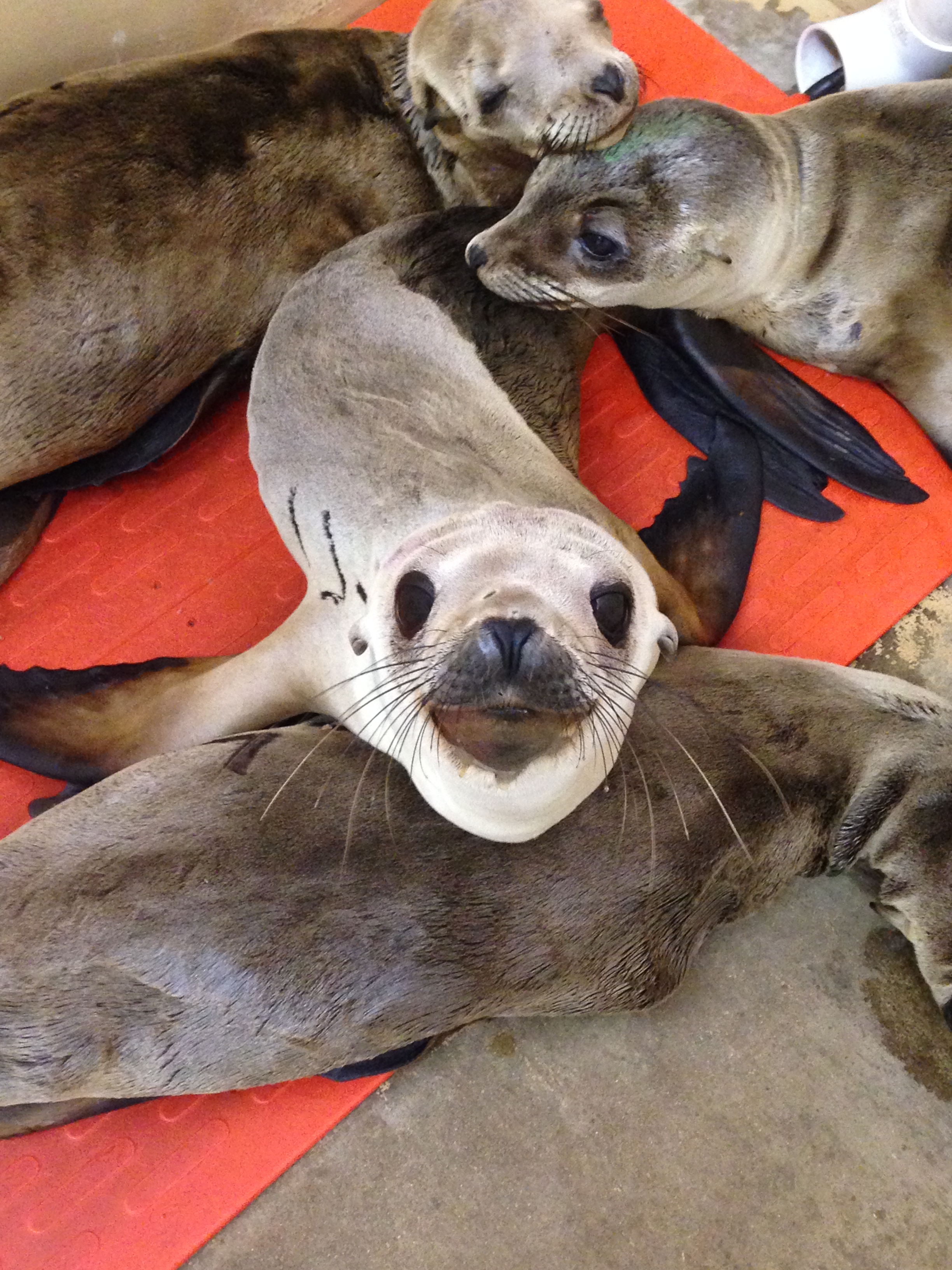
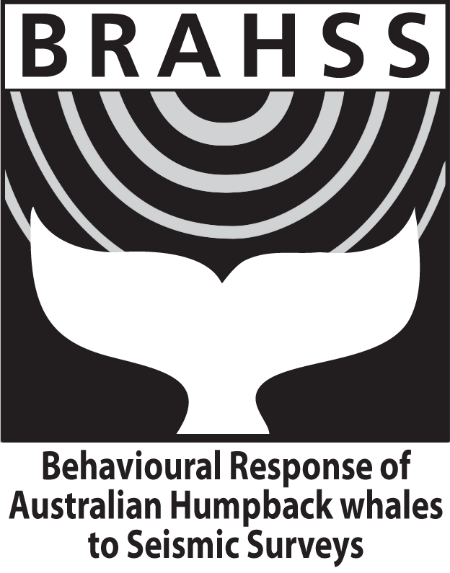 BRAHSS
BRAHSS 